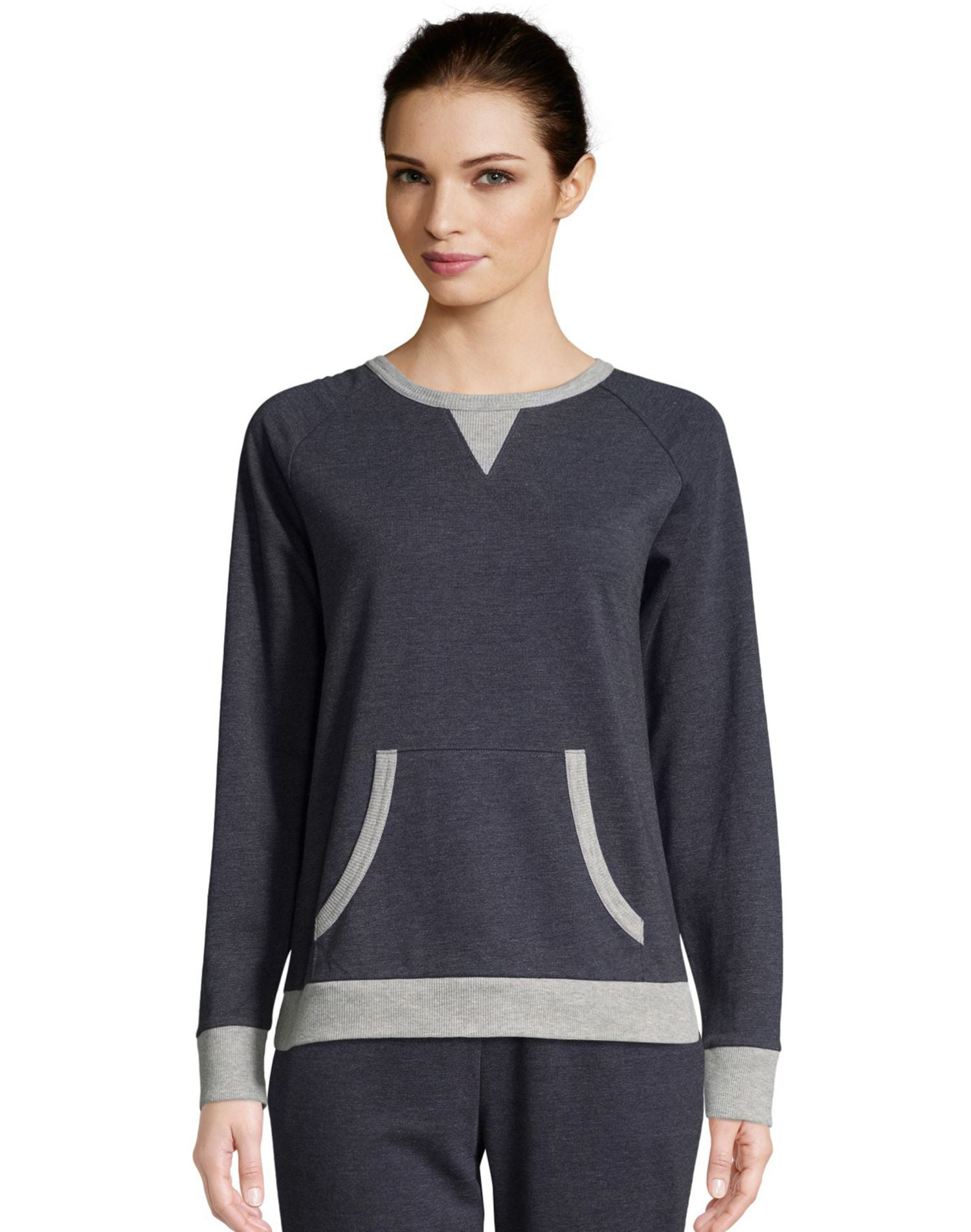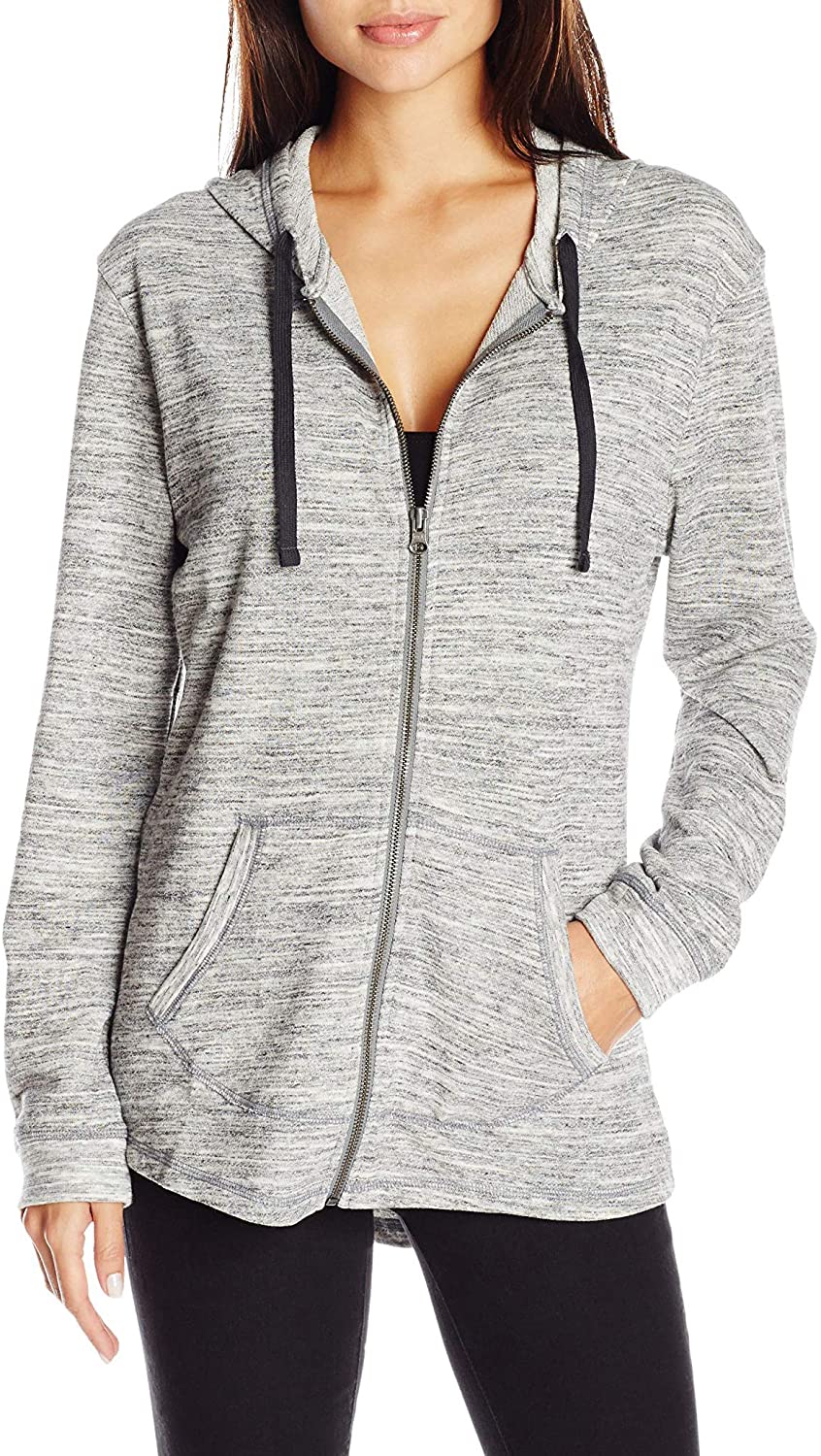Sweatshirts are long-sleeved pullover shirts that are typically constructed from thick cotton fabric. They are typically worn casually but aren't so formal as sweaters and cardigans. They may not have an Hood. If you're interested in buying a sweatshirt, here are some tips:
Norma Kamali spread the appeal of sweatshirt s-1686458440">sweatshirts
Since the end of the 70s, Norma Kamali has transformed the simple sweatshirt into an art. Her designs have become a staple in almost every woman's closet. Her distinct styles vary from a tummy-tucking neck , to leather paneled sweatshirts. She has also created clothing with unusual forms, such as a tank top with a long trumpet skirt.
The collaboration of the designers and sweatshirt maker Everlast resulted in her Timeless line, which was a huge hit when it was featured in the Spiegel spring 2006 catalog. The collection featured convertible and interchangeable knits in classic silhouettes and a lot of pieces were priced at less than $20. Even the The Norma Kamali Timeless collection wasn't available in stores, customers could still find these pieces on eBay as well as Poshmark.
Merino wool sweatshirt s tend to be more comfortable than sweatshirts made of soft wool.
Merino wool is renowned for its ability to remove moisture that help keep you dry and comfortable. Merino wool is an organic fiber and also offers a smoother and more comfortable feeling. It is also quick to dry in comparison to other natural substances. In addition, it is a sustainable resource. The merino sheep shed coats each year and grow new ones.
The warmth-to-weight ratio of merino wool makes it an ideal material for sweatshirts. It aids in controlling body temperature due to its loft which naturally traps heat between the fibers. This is the reason Merino wool sweatshirts work perfect for outdoor activities in the summer, like hiking, mountain biking and running. The warmth they provide helps keep the wearer well-hydrated and cool, something that is essential for working out.
Zip-front hoodies have kangaroo pocket
Kangaroo pocket hoodies are a popular style of hoodies. They feature a big pocket on the front, which keeps your hands warm during cold days. They're additionally more practical than conventional pockets as they allow the hands to slide in and out easily.

Kangaroo pockets are typically large enough to accommodate the wallet, or other small personal items. They are commonly long enough to fit a small hand and are large enough to accommodate two hands. They are wide on either side , and make them ideal for carrying small objects.
French Terry fabric is a well-loved fabric for sweatshirts.
The French Terry fabric is composed of soft yarns that are knit into loops and is usually mid-weight. It is also renowned for its ability to wick moisture and is pre-shrunk. French terry is a great option for sweatshirts as it will keep you warm when you're in need and also keeps your cool when you want to cool down.
French terry is also popular for loungewear, since it is stretchy enough and has enough flexibleness to feel great when you touch your body. It also allows air to circulate throughout the fabric, which makes it perfect for layering under other clothing. In addition, because it's lighter than other sweatshirts you can wear it all through the year without feeling too either cold or hot.
Hoodies can be classist.

Although it could appear that hoodies are just an appropriate clothing item for working class people, the reality is that they carry classist connotations. Hoodies were first popularized in the early 1970s , in New York, where graffiti artists wore them to hide their identities. In 1976 the hoodies were made famous in their movie debut with "Rocky," when the protagonist of the film was a working class man in hooded gray sweats on his memorable climb up the Philadelphia Museum of Art.
Hoodies are frequently associated with destruction, death and other negative items, yet they can also be used for practical reasons. For example, monks and priests may wear hoods to show respect and a sense of self-control.
